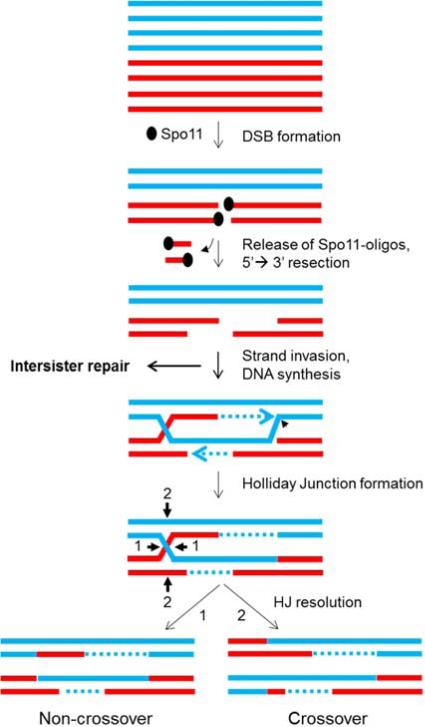Figure 1. Formation of crossovers and non-crossovers at Spo11-induced DSBs.
Red and blue lines are single DNA strands, and each pair depicts one sister chromatid of each homologous chromosome (the non-interacting sisters are shown only in the top panel); dotted lines are DNA synthesized during DSB repair. After meiotic replication, Spo11 or its ortholog induces DSBs and covalently attaches to the 5’ ends. Spol11 is then cleaved from the ends by an endonuclease to release a short oligonucleotide attached to Spo11. The 5’ ends are further resected to generate long 3’ overhangs, which invade intact duplex DNA, either the homolog or the sister chromatid; this side reaction with the sister produces no genetic recombinants. Holliday junctions, either single (shown) or double (not shown), are formed and then resolved into either crossovers or non-crossovers (respectively with the non-parental or parental DNA configuration flanking the region of DNA exchange). These reactions have been demonstrated by direct DNA analysis in budding and fission yeasts and are inferred, from genetic and cytological data and limited DNA analysis, to occur in other species. In an alternative to Holliday junction formation, strand invasion at the third step can prime limited DNA synthesis; the unwound product can anneal with the other initially broken DNA end and produce a non-crossover. This proposed reaction is called synthesis-dependent strand-annealing.

